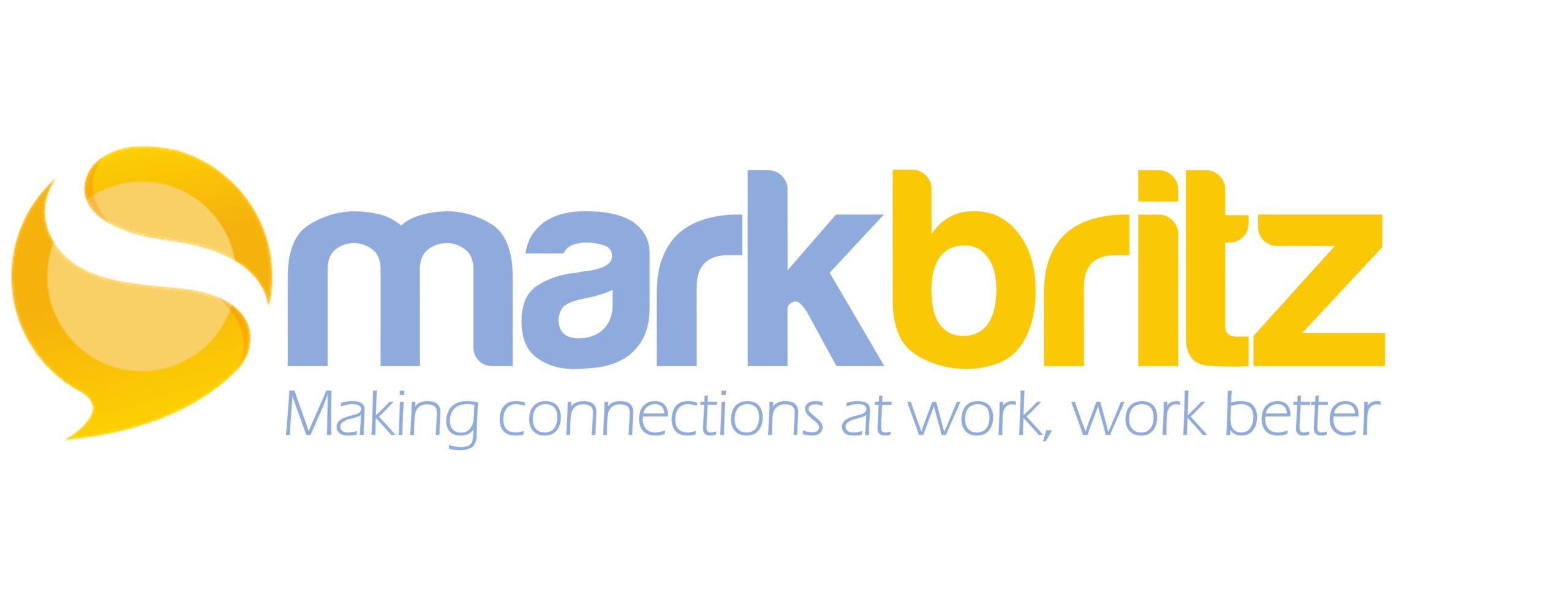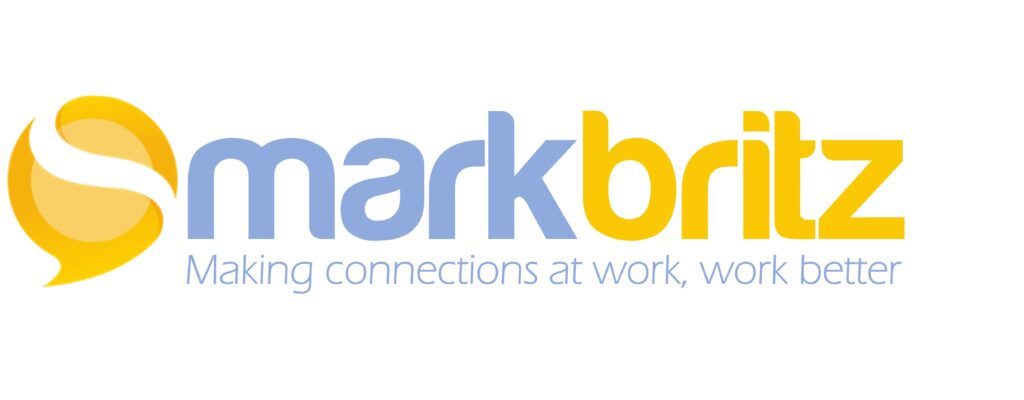The current approaches used to move organizations to be more social are struggling. The first phase was in using social technology. We quickly found out that the idea of “if you build it, they will come” didn’t work. Phase two focused rightly on “culture change” through social leadership initiatives. This is a top down approach which emphasizes that if organizational leaders change, then the behaviors will trickle down the hierarchy. Of course leaders REALLY have to change and this is not an easy task as most leaders are on top because of the current system, in short what’s the motivation to change? Phase two also includes more grassroots approaches, like I have taken, where we work more subversively (or as Jane Bozarth says, as a Positive Deviant). This is when you engage in small experiments, identify where collaboration is healthy, and take a performance consultation approach to leverage social approaches to solve problems.
Each of these however are slow change processes because they readily accept the current system as is and work within it. The system however is very resilient and has an incredible elasticity; it can stretch but can very easily bounce back to status quo.
I don’t disagree that each has merit (with the exception being tool first) but the slow pace leaves room for doubt and in an age of rapid change, these approaches may not always be fast enough to enable an organization to thrive.
So, if social can slowly change the systems, can the system be changed to rapidly encourage social?
I was recently revisiting an ancient text (OK, ancient as in 1999) and it dawned on me that we may need to focus less on people and more on the systems they work within. By breaking pieces of the system we can change behaviors and ultimately transform the culture. Jim Collin’s wrote an article in the Harvard Business Review that year that set the stage for his book, From Good to Great: Why Some Companies Make the Leap…And Others Don’t. This article was our introduction to Big Harry Audacious Goals (BHAGs) and the idea of Catalytic Mechanisms:
” [Catalytic Mechanisms are] the crucial link between objectives and performance – they are a galvanizing, non bureaucratic way to turn one into the other. They are the devices that translate lofty aspirations into concrete reality.” (from 12manage)
The article revealed to me that the real reason we fight and claw to gain a social foothold with our current efforts is not because of resistant people (alone) but because we are trying to work Social into the current organizational human systems (systems that drive attitudes and behaviors). These long-established, often unconscious systems of Communication, Recognition, Rewards, Career progression, and Organizational Learning (to name a few) do not support wide-scale social. In fact, I’d argue that most reinforce the exact opposite of the transformation being sought in large organizations. It’s no surprise then that the resulting inhibited culture is so resistant to changes.
Jim Collins’ idea was to meet a clearly defined, tangible, yet highly audacious goal. However, my idea is to use Catalytic Mechanisms to change behaviors and meet the goal of increasing the less tangible – creativity, transparency, openness, collaboration, cooperation, and innovation… all attributes of a social organization.
What exactly makes up a Catalytic Mechanism? According to Jim Collins there are 5 elements of these actions that:
- produce desired results in unpredictable ways.
- distribute power for the benefit of the overall system and uncomfortable to traditional power holders.
- have teeth
- eject viruses
- produce an ongoing effect
Whereas most initiatives are direct hits to the problem being addressed, a Catalytic Mechanism is more of an indirect one that ripples across an organization like a pebble striking a pond. Or to continue the water analogy;
If you want to move a river, you don’t grab the water. Rather, you alter the landscape around it and the river reroutes to a new, more desirable course.
Catalytic Mechanisms Reroute
Take for example the traditional systems of rewards as a place to start. Sales contests are common, and typically these appear as “sell X quality of something by X date and receive X“. There is no question this is effective as people are motivated by both the challenge and opportunity for monetary reward. A sales person or team meets the goal and wins the prize. They are rewarded but the organization is not. Leaders only reward the outcome and ignore the process but it’s in the process that we have the greatest opportunity to advance to a more social organization.
The social sparking mechanism that is missing here is a required transparency. And transparency has teeth!
By requiring a transparent process (the how) the traditional reward system is altered and serves as a catalytic mechanism to shift the organization more social:
- unexpected benefits: could reveal unethical practices and accelerated adoption of new best practices.
- Knowledge hoarding practice loses power, all sales teams improve as a result.
- Has teeth: No reveal, No reward.
- Unethical practitioners revealed and reprimanded and those not wishing to help peers/org grow are exposed and likely move on.
- On going culture shift as each subsequent contest would require new approaches to better the last, and openness becomes normalized.
Could we not do the same for recognition? Internal communications? Management and leadership? Imagine requiring that individuals on a career path to management must demonstrate effective coaching or mentoring before they advance. Connecting with and growing people becomes the new core skill of a manager.
A series of small but powerful placed system changes (Catalytic Mechanisms) targeting the social transformation we seek, may just be the answer to the problem of slow change due to a resilient, inhibited culture.


